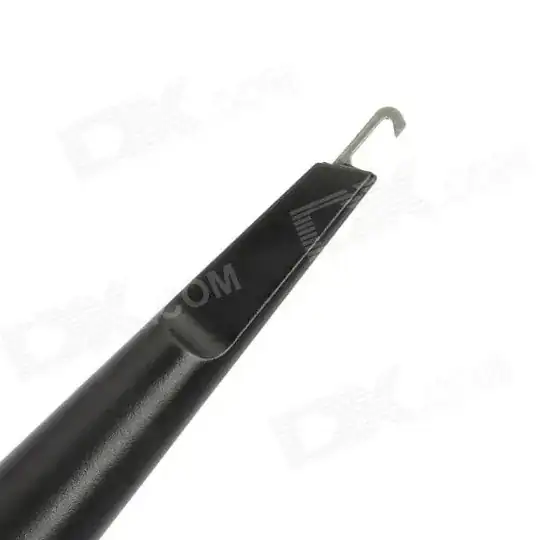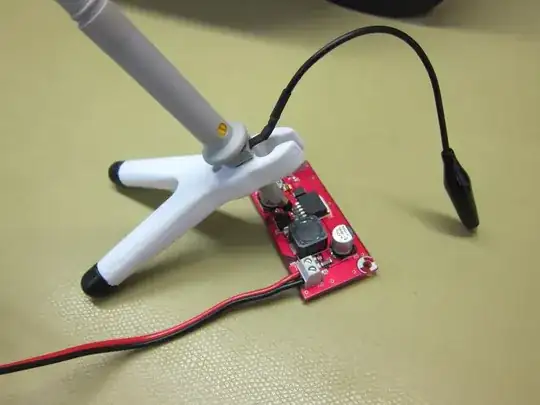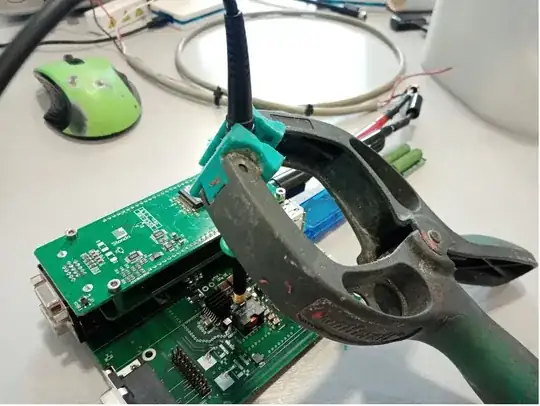I have a problem, I only have two hands and the newer oscilloscopes come with four probes. This leaves me with zero hands to press the trigger button (even if I hold three probes with one hand I still can't use four). I usually have to ask a colleague to press the trigger button, in a cubicle this can get awkward.
What is a specific way I can hold the probes and press the trigger button, Without biological modification?









